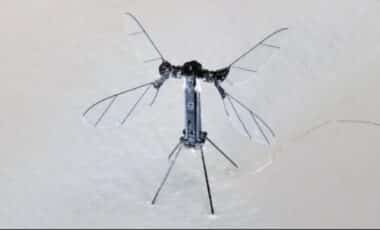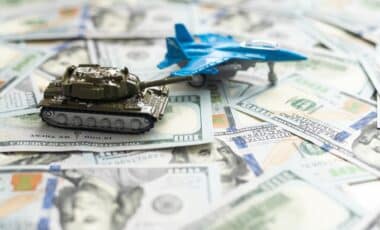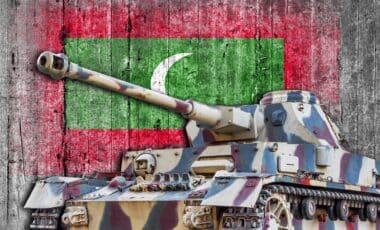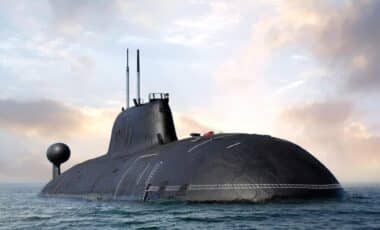Lt-Col Louis Arbon Strange. Recollections of an Airman. Philadelphia: Casemate, 2016.Hardcover, illustrated, 196pp.
Review by Peter L. Belmonte
Great War pilot memoirs usually find an appreciative audience among aviationenthusiasts. Louis Arbon Strange, a British war pilot of great experience, wrote hismemoir in 1933, and it was reprinted by Casemate in 2016. As a young man Strangeenlisted in the Dorsetshire Yeomanry and soon thereafter learned to fly. This was on theeve of World War I; fortune thus positioned him to be one of the first Royal Flying Corpsairmen to go to France in August 1914. During the war, Strange flew a variety of aircraftand rose to command an air wing. His memoir is a simple account of his time in service
during the war.
Strange provides us with interesting insights about what it was like to fly during the earlydays of the war. Many things had to be improvised. Strange himself had rigged up hisaircraft with a Lewis machine gun and mount for his observer (simply “passenger” in theearly days). After landing following an early sortie in August 1914, his commandingofficer ordered Strange to remove the Lewis gun and mount, arguing that they weighedtoo much and that the observer would be better off using a rifle to fire at enemy pilots.Strange also developed a “petrol bomb” that he used in combat in September; with it, he
actually destroyed at least one or two trucks.
Military veterans will marvel at the rather loose way that military business was conductedin the early days of the war. When Strange showed up to assume command of the newlyforming No. 23 Squadron, he was surprised to learn that no one knew anything about it.He had to personally beg, borrow, or scrounge airplanes. Likewise, when he wasappointed commander of the gunnery school, Strange commandeered boarding houses,hotels, the town hall, and even a local bus line in order to successfully carry out hisduties. He did these things without prior approval, and businesses were forced to submitclaims for damages later.The book contains interesting, sometimes gripping, descriptions of aerial battle. Heincludes many instances of almost unbelievable feats. During one harrowing flight inMay 1915, Strange fired off all the rounds in the ammo drum of his Lewis gun. Unable toremove the drum while seated, Strange stood up to gain better leverage; the drum stillwouldn’t budge, but Strange’s aircraft went inverted, and he fell out of the cockpit,dangling in the air, saved from death by the stuck ammo drum to which he desperatelyclung. Strange managed to grab ahold of some rigging and swing his legs back into thecockpit; somehow he got the aircraft correctly oriented before settling back into hispilot’s seat. Other accounts are only slightly less spellbinding. Strange’s description oftwo bombing raids in the final months of the war are invocative of the destructive nature
of subsequent air campaigns.
Other interesting notes include Strange’s mention of nascent aerial special operationsincluding “dropping baskets of carrier pigeons to secret agents at selected spots, and
landing the agents themselves behind enemy lines, which was a very ticklish business”
(p. 96). Strange also comments on the burden of responsibility on pilots; they could beheld liable for almost any mishap that should occur. He concludes: “It is yourfault—well, it is a golden rule to assume that whatever goes wrong, is your fault. Youmay save yourself a lot of trouble if you act accordingly” (p. 113). In this regard, nothinghas changed in the world of aviation in the years since Strange wrote those words. Thishelps to explain Strange’s comments, common to most Great War aircrew memoirs,about the terrific strain pilots were under.Strange concludes with a chapter reporting on his visits to Germany in the late 1920s andearly 1930s. There, he indulged in a common thought among flyers: to talk with opposingpilots and hear their view of air combat during the war. His account of meetings with twoGerman officers whom he had opposed and met in battle years before is an interesting
commentary on the fellowship of World War I airmen.
Nineteen photographs and two interesting illustrations of formation flight enhance thetext. Casemate has done a service in reprinting this book. It is highly recommended to
readers who want to learn about what it was like to fly during the Great War.
Peter L. Belmonte is a retired U.S. Air Force officer, author, and historian. A veteran ofOperation Desert Storm, he holds a master’s degree in history from California StateUniversity, Stanislaus. He has published articles, book chapters, reviews, and papersabout immigration and military history. Pete’s books include: Italian Americans in WorldWar II (Arcadia, 2001), Days of Perfect Hell: The U.S. 26th Infantry Regiment in theMeuse-Argonne Offensive, October-November, 1918 (Schiffer, 2015), Forgotten Soldiersof World War I: America’s Immigrant Doughboys (with Alexander F. Barnes, Schiffer,2018), Play Ball! Doughboys and Baseball during the Great War (with co-authorsAlexander F. Barnes and Samuel O. Barnes, Schiffer Books, 2019), Chicago-AreaItalians in World War I: A Case Study of Calabrians (Fonthill Media, 2019), and UnitedStates Army Depot Brigades in World War I (with co-author Alexander F. Barnes,McFarland, 2021). He is also working on a multi-volume history of Italian Americans inWorld War I. You may see his books at his
webpage: https://www.amazon.com/author/peter.belmonte .








